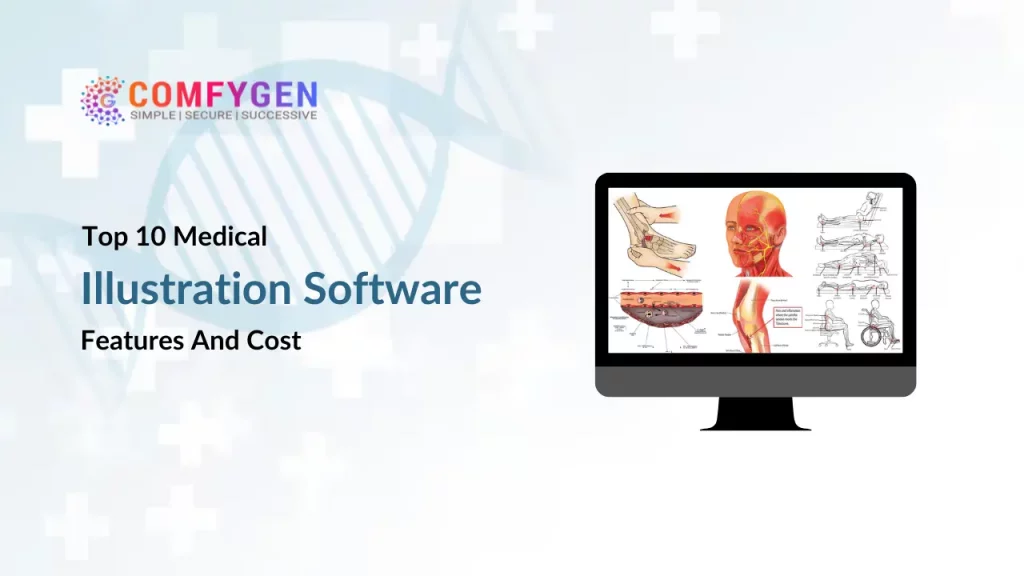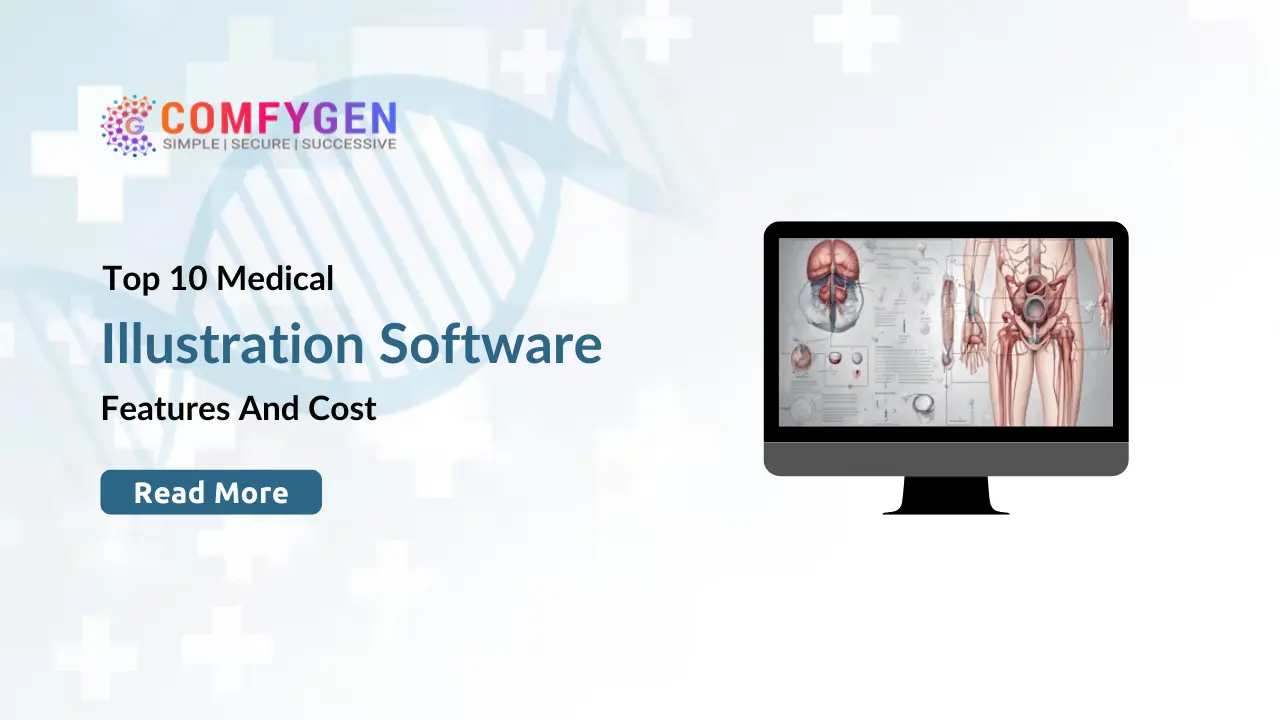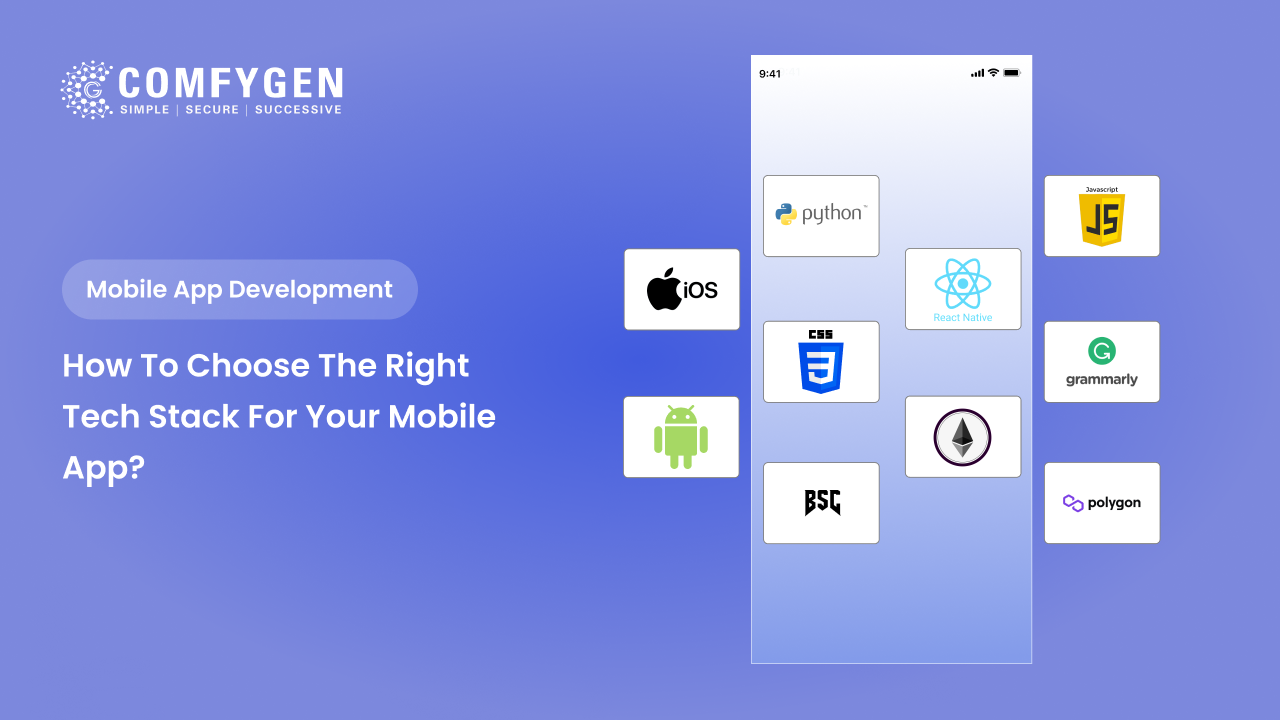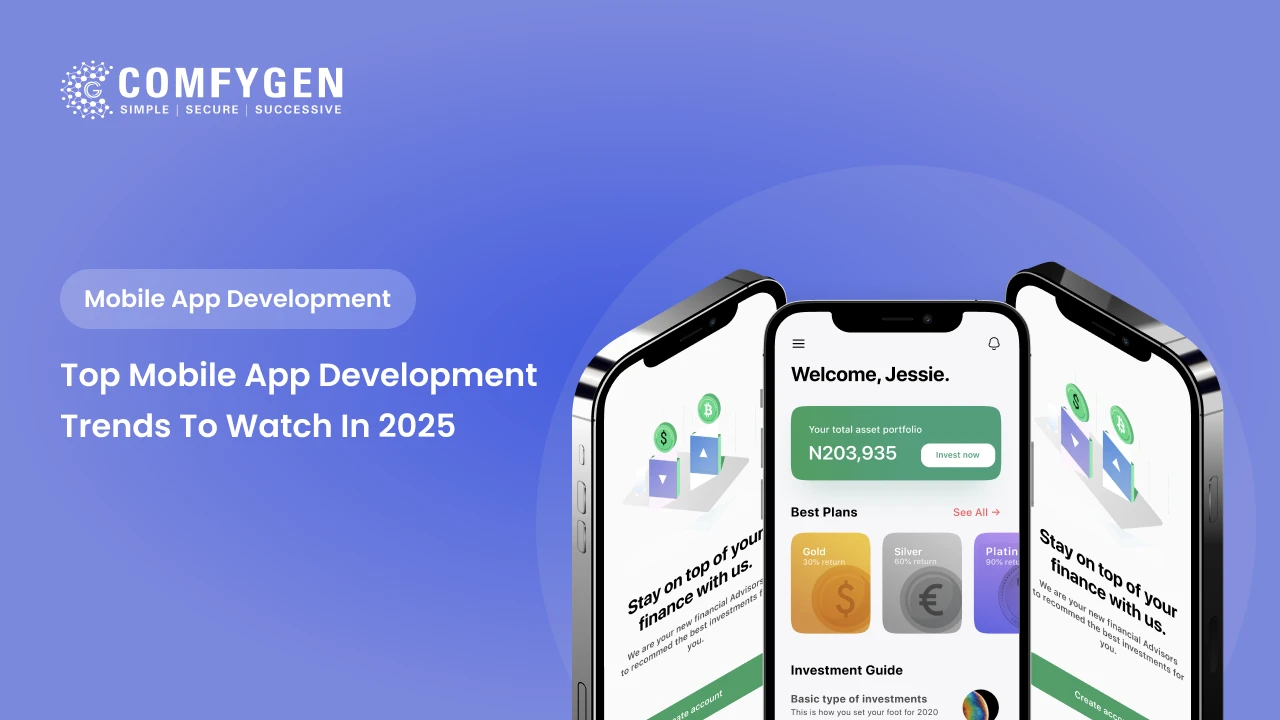Top 10 Medical Illustration Software: Features, Cost To Develop

Do you need help finding the top 10 medical illustration software and are stressed to know which one is best? If so, let’s see which one is best for you! But before listing the top medical illustration software, let’s describe what medical illustration software is. What are the features and costs of developing medical illustration software?
The time invested in modeling, animating, lighting, texturing, and rendering may be invested in the few best-known medical illustration software in the world. The healthcare illustration software incorporates a human anatomy library featuring more than 30,000 anatomical systems. The software can create realistic skin and muscle simulations along their Physique-X modeling engine.
Medical illustration is a complicated, detailed, and technical method. It needs artistic skills and the ability to coordinate with advanced technical systems. However, medical illustration software may help manage these operations more effectively and save hours while rendering realistic images for medical textbooks or teaching.
Let’s examine the list of the top 10 medical illustration software, including their features and healthcare illustration software development costs.
What is Medical Illustration Software?
Medical illustration software helps illustrators create precise medical visuals and multimedia displays. This specialized tool generates accurate, detailed, and interactive representations of the human body, biological systems, and medical processes. These illustrations play a vital role in medicine, healthcare education, and biology, as they simplify complex concepts, aid learning, and enhance communication between patients and healthcare professionals.
Unlike general graphic design software, healthcare illustration software is tailored to meet the healthcare industry’s unique needs. It usually incorporates functions like 3D modeling abilities, pre-designed anatomical templates, and choices for developing creative or animated visuals.
These types of tools have multiple purposes. In education, they help students and professionals understand anatomy and pathology. In research, they help visualize data and publish results. Healthcare leverages them to describe diagnoses or treatment services to patients, also enhancing conversation and decision-making.
Popular 3D medical illustration software illustrations include ZBrush, BioRender, and Complete Anatomy. Such software usually links with other channels, enabling customers to include text, animations, and diagrams effortlessly.
Why Medical Illustration Software is Important for Healthcare Providers and Patients?
Medical illustration software helps healthcare providers by spanning the gap between complicated medical concepts and patient understanding. For healthcare vendors, such tools provide precise and clear results, allowing the creation of detailed anatomical graphs, educational materials, and surgical plans. This enhances conversation between medical teams, simplifies exact diagnosis, and offers effective treatment planning.
Medical illustration software plays a critical role for patients. Visual aids created by this software improve comprehension of their medical issues, boost trust, lower anxiety, and boost informed decision-making.
Furthermore, medical illustration software enhances medical research and education by making simulations and 3D models that introduce future healthcare professionals. By easily personalizing and updating visuals, such tools adhere to developing medical knowledge, making them critical in providing high-quality, patient-centered care.
Top 10 Medical Illustration Software
Medical illustration software is the best tool for healthcare experts, researchers, and educators to help them develop detailed and accurate illustrations for educational products, presentations, and publications. Such software integrates advanced graphics with anatomical precision, serving a niche but enhancing the industry.
There are the top 10 medical illustration software, with their key features and medical illustration software development cost structure for the relevant product.
1. ArtiosCAD
ArtiosCAD is medical illustration software adapted for medical illustration purposes, especially for developing 3D medical equipment schematics or packaging medical tools. The software even improves the medical industry’s need for high accuracy. Creating similar illustration software or personalizing ArtiosCAD for medical illustration includes the cost based on its features.
Features:
- 2D and 3D modeling
- Reliable template library
- Integration with CAD tools
- Improve visualization
- Technical support
Development cost: The cost to develop medical illustration software like ArtiosCAD software ranges from $50,000 to $500,000, depending on customization and scalability.
2. Adobe Illustrator
The next top medical illustration software is Adobe Illustrator, a vector graphic design tool that researchers often use to generate professional and scientific images. This software is perfect for precisely generating complicated graphics. However, Adobe Illustrator is difficult to use and requires training and experience to run the software and make more professional graphics. It provides the following features to ease the method of generating graphics.
Features:
- Vector-based design tool.
- High accuracy for anatomical graphics.
- Combining with Adobe Creative Cloud.
- Expansive group of plugins for extra features.
Development Cost: Constructing software such as Adobe Illustrator for medical usage will cost of software development around $150,000 to $250,000, according to features like plugin support, vector editing, and platform compatibility.
Also Read: Top 10 Healthcare HR Software in India
3. Canvas
Canva is an online platform that allows the medical industry to generate numerous visual materials, including medical illustrations. This tool is very user-friendly. It is free software that offers free basic solutions to create graphics and other structures for the medical sector.
Features:
- Aim to design technical and medical illustrations.
- Accuracy tools for scientific illustrations.
- Aid for vector and raster images.
Development Cost: A niche software such as Canvas would cost $150,000 to $250,000 to develop.
4. Blender (with Medical Add-ons)
A medical illustration software is Blender, an open-source 3D creation suite that assists the wholeness of the 3D pipeline, incorporating sculpting, rigging, rendering, animation, modeling, motion tracking, and compositing. The platform gives numerous tools for generating professional-quality animations and visual appearance effects, mostly used by enthusiasts, artists, and studios.
Features:
- 3D modeling and sculpting
- Animation and rigging
- Simulation (Fluid, Smoke, Particle, and Soft Body)
- Rendering with cycles and Eevee engines
- Compositing and motion tracking, Video editing
- Advanced rendering and sculpting tools.
- Add-ons for medical modeling and anatomical visualizations.
Development Cost: Developing 3D open-source medical illustration software costs $300,000 to $500,000 because 3D modeling and rendering systems are complex.
Also Read: Best Medical Software For Doctors To Manage Clinic
5. Sketchbook
An excellent tool for generating scientific illustrations, Sketchbook offers numerous templates and samples to assist users in creating their images. This platform provides various professional alternatives, such as science graphics, flowcharts, workflows, electrical programs, graphs, charts, mind maps, etc.
Features:
- Digital sketching tool with intuitive controls.
- Precision tools for creating detailed anatomical illustrations.
- Cross-platform functionality.
Development Cost: Creating such a helpful yet reliable sketching software may cost between $100,000 to $200,000.
6. Cinema 4D
Maxon created Cinema 4D, a professional 3D modeling platform that includes animation and rendering. This tool is often used in motion graphics, healthcare software development, visual effects, and architectural visualization. It is praised for its reliability, seamless integration, and flexibility with other business-standard tools.
Features:
- 3D modeling and sculpting
- Advanced animation tools
- High-quality rendering (with the Physical and ProRender engines)
- MoGraph for motion graphics
- Simulation tools (including Dynamics, Cloth, and Particle systems)
- Integration with Adobe After Effects
Development Cost: The cost to develop healthcare illustration software like Cinema 4D starts from $300,000 to $500,000.
Also Read: List of Healthcare Accounting Software: Features & Cost Top Develop
7. BioRender
BioRender is another healthcare illustration software that enables the medical industry to create professional science figures in less time. Businesses can browse thousands of pre-made symbols and templates from more than 30 fields of life sciences.
This drag-and-drop feature offers the ability to create scientific graphics up to 40 times faster. The platform helps to develop and personalize membranes, cell layers, and DNA in a short time, with drawing tools specially designed to help scientists, researchers, and medical teams save time.
Smart resizing functionality to simply adhere to the figure for any reason. Even visualize and personalize 3D protein images with our PDB integration or upload your protein data file. It has a high-resolution image export option in JPEG, PNG, and PDF formats for web and print.
Features:
- Drag-and-drop simplicity scaled for scientific illustrations.
- Library of over 40,000 pre-made templates and icons.
- Cloud-based collaborative tool.
Development Cost: The development cost of medical illustration software like BioRender typically ranges from $500,000 to several million dollars, depending on features, complexity, and team size. This includes costs for design, development, testing, and ongoing updates.
8. ZBrush
ZBrush is a powerful, user-friendly medical illustration software that enables artists and others working in numerous industries to use 2D/3D design, modeling, animation, motion graphics, digital sculpting, filmmaking, architectural visualization, rendering, and editing for the medical industries.
ZBrush allows artists to create anywhere, sculpting everything from fantastical figures to complex forms. It sets the industry standard for digital sculpting and painting. The features of this platform allow the use of personalized brushes to shape, texture, and paint virtual clay in a real-time environment that gives immediate feedback.
You can even build models and illustrations restricted only by your imagination at a speed that enables you to stand out in today’s fast-paced medical industry.
Features:
- 3D sculpting software is perfect for making lifelike anatomical models.
- High-resolution modeling tools.
- Extensive rendering abilities.
Development Cost: The development cost of software like ZBrush, a 3D sculpting tool, can range from $1 million to several million dollars, depending on features, scalability, and platform support. This cost includes development, testing, user interface design, and ongoing updates.
Also Read: Top 10 Healthcare EMR Software: Features And Cost
9. Maya
The Maya software is used by professional illustrators and VFX artists to create 3D animations, models, renders, and simulations. Medical, research, television, scientific, and gaming industries use it extensively. Software like Maya allows you to create highly realistic and detailed 3D content.
Features:
- 3D modeling, illustration, and animation
- Advanced character rigging
- Realistic simulations
- Node-based workflow
- High-quality rendering
- Integration with other Autodesk items
- Extensive plugin support
- Personalize options for scaled workflows
Development Cost: The development cost of healthcare illustration software like Maya, a comprehensive 3D animation and modeling tool, is estimated to be in the range of $10 million to $50 million.
10. 3D4Medical (Complete Anatomy)
3D4Medical is the creator of Complete Anatomy, which is the most advanced 3D anatomy platform in the world. Its revolutionary cloud-based education tool enables customers to investigate the short details of the human anatomy in amazing 3D. We are moving medical learning and methods around the world, driving the way in the creation of ground-breaking 3D medical technology.
Features:
- 3D anatomical models for creative education.
- Augmented reality (AR) features.
- Detailed animations and labeled structures.
Development Cost: The development cost of healthcare illustration software like 3D4Medical’s Complete Anatomy is likely in the range of $5 million to $20 million, considering the high level of detail in 3D modeling, interactive features, cross-platform support, and continuous updates.
Features of Healthcare Illustration Software
The best 2D or 3D medical illustration software has various features that are designed to fulfill the unique requirements of the scientific and healthcare industry. This software merges precision, credibility, and advanced technology to build accurate and visually attractive illustrations.
Below is the list of features that describe medical illustration software in detail:
1. Pre-built anatomical models
Multiple programs provide a group of pre-designed 2D or 3D anatomical templates, corporating tissues, skeletal systems, and organs that reduce time and ensure accuracy.
2. 3D modeling and rendering
Advanced software enables the creation and changes of high-quality 3D anatomical systems, providing realistic views and specific details.
3. Personalize tools
Customers can update colors, textures, labels, and systems to serve particular requirements, allowing the building of scaled medical visuals for multiple purposes.
4. Creative features
Some medical illustration software includes creative tools such as rotation, layer control, and zoom that allow customers to examine critical anatomical models comprehensively.
5. Animation and simulation
The power to animate medical processes like blood flow or organ features makes this software incredible for dynamic displays and educational information.
6. Cross-platform compatibility
Diverse software works effortlessly around various devices, including desktops and mobile and tablet platforms.
7. Integration with AR/VR
Increased virtual reality functionality allows immersive visualization of anatomy and surgical methods, improving both education and practice.
8. Cloud partnership
Cloud-based tools enable teams to work together in real-time, allowing an easy way to share and modify projects remotely.
9. Export choices
High-resolution export abilities confirm that illustrations are perfect for publications, digital use, and presentations.
10. User-friendly interface
Instinctive designs serve both professionals and newbies, ensuring easy accessibility while managing accuracy.
These features make medical illustration software a helpful platform for professionals, researchers, and educators and increase communication and comprehension in the medical industry.
Cost to Develop Medical Illustration Software For the Healthcare Industry
Developing medical illustration software for the healthcare industry could be a profitable investment. The cost of manufacturing the medical illustration software is based on its complexity, the location of the healthcare app development company, and its functionalities.
The range of cost starts from $50,000 for basic software to up to $500,000 for more advanced software with illustration, rendering, modeling, and animation tools. The overall price is based on the team sizes, level of personalization, and development time needed to fulfill the business’s particular requirements.
Why Choose Comfygen to Develop Medical Illustration Software?
Comfygen is a mobile app development company that specializes in the healthcare sector. It has worked for 5 years in the healthcare industry and has delivered and taught in some remarkable industry software projects. Luckily, our agency collected 150+ full-stack developers who always succeeded our customers in fulfilling their requirements through mind-blowing development and market strategies. Being so deeply dedicated to futuristic technology, we have the skills and talents to manufacture outstanding software services through advanced technologies like AI, IoT, 5G technology, Blockchain development, etc.
We have a skilled team of 10+ years of experience with creative yet superior skills. Comfygen has next-gen technical skills and adequate knowledge of our work. We are not the same as others; that does not only work with a customer-centric strategy, but we aim to achieve the user’s attention longer even after ages.
We support customers in enhancing their business growth by building software beyond the unique. Our strategy is not restricted to large-scale enterprises; we also offer personalized solutions to SMBs to turn on businesses with vast scalability.
If the business needs technical knowledge and medical skills to develop high-quality illustrations, Comfygen is here to guide you.
- Offers comprehensive medical illustration service
- Our team possesses professional knowledge and technical skills
- We offer 30% less than other companies
Conclusion
To complete the topic, numerous medical illustration software programs are readily accessible on the market. If you have a skilled team with good technical skills in illustration, animation through software to develop medical illustrations could be efficient and cost-effective.
However, with software development that needs a deep comprehension of medical science and advanced illustration methods, working with an agency like Comfygen is more profitable. The Comfygen team has extensive experience in scientific illustration and graphical abstracts. The process of delivery time of scientific images is based on the complexity of the project.
Want to develop healthcare illustration software, kindly get in touch with our team.
FAQs
What is medical illustration software?
Which is the best medical illustration development company?
How much does Comfygen charge for medical illustration software development?
Is Adobe Illustrator used for medical illustration?
What challenges can occur while using medical illustration software?

Mr. Saddam Husen, (CTO)
Mr. Saddam Husen, CTO at Comfygen, is a renowned Blockchain expert and IT consultant with extensive experience in blockchain development, crypto wallets, DeFi, ICOs, and smart contracts. Passionate about digital transformation, he helps businesses harness blockchain technology’s potential, driving innovation and enhancing IT infrastructure for global success.
Based on Interest

Blockchain Consulting Services: Transforming Your Business with Cutting-Edge Blockchain Solutions
Introduction Blockchain technology is revolutionizing industries by providing secure, decentralized, and transparent solutions. As businesses across the world explore their potential,…









